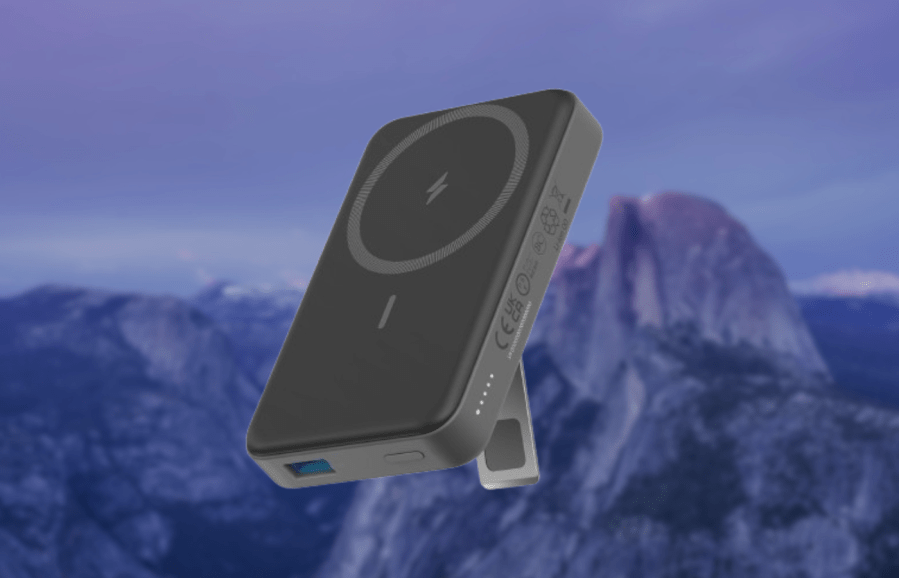The Anker 633 Magnetic Battery power bank has some nifty features but, at this price point, it wouldn’t be Steph Wetherell’s first choice.
Many newer phones are equipped with the ability to charge wirelessly, and the Anker 633 Magnetic Battery power bank harnesses this ability and adds in portability with a magnetic attachment. This means you can have it stuck to the back of your phone while charging (provided you have a compatible case), and still use your phone for navigation and photography without being restricted by cables – not to mention the convenience of not needing to carry a cable with you in order to be able to charge your phone.
Steph Wetherell’s verdict
This is a portable power bank with useful functionality that comes at a high price and some features not for everyone- multiple charging of devices
- magnetic wireless charging
- need compatible phone/case for wireless charging
| Quick specs |
|---|
| Price: £69.99 |
| Weight: 216g |
| Dimensions: 107 x 66.5 x 18.15mm |
| Features: 1 x USB-C PD (also input), 1 x USB-A port, Wireless Pad |
| Sizes: 10,000mAh. (5,000mAh option also available) |
| www.anker.com |
I got two full charges of my phone from this power bank, and found the small capacity light indicators simple and easy to use. The wireless charging is a lower power (7.5W instead of the 20W USB-C or 18W USB-A) so took a long time to charge my phone, but the ability to still easily use my phone while it was charging was a real bonus, and the magnet felt strong and like it wouldn’t easily fall off.
Because of the phone I have, the power bank did slightly stick out of the bottom of my phone, but not enough to cause much of an annoyance. The power bank is charged by a USB-C port, which also acts as one of the outputs, and in combination with the USB-A and wireless pad can charge three different devices at the same time – impressive from a fairly small device – though with a maximum output power of 20W.
The recommended usage range is only down to 0C, so perhaps not the best choice for cold winter usage.
The need to have a compatible phone and case means the wireless functionality might not be for everyone. It is still a good and portable power bank with useful functionality even without this, but at this price point might not be the first choice.
Testing conditions
Steph tested these power banks were tested out and about on the hills and mountains in the Brecon Beacons and the Peak District. Steph used them with her iPhone 14 Pro, which is a few years old, and a USB-C cable where possible.
This comparative review on the best power banks was first published in the April 2024 issue of The Great Outdoors.








